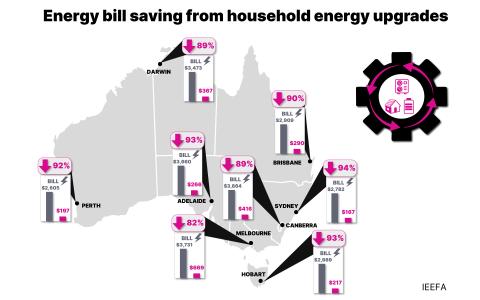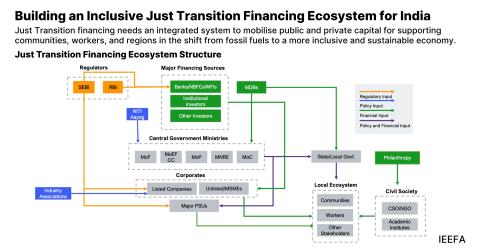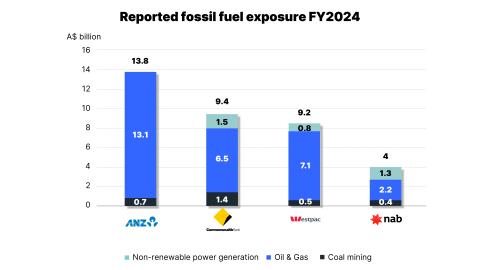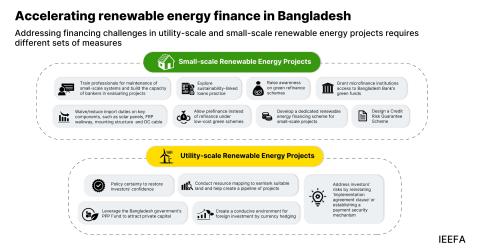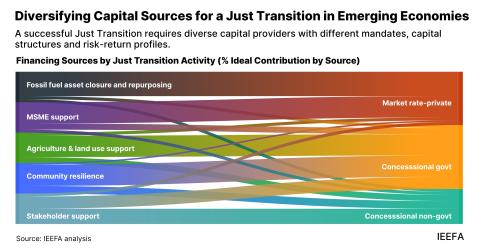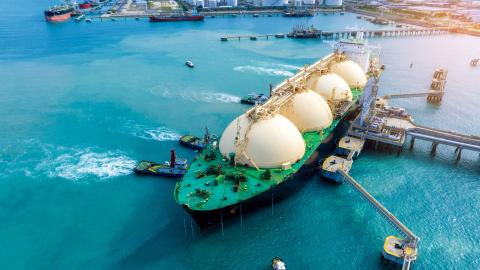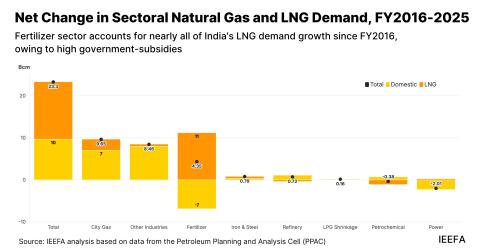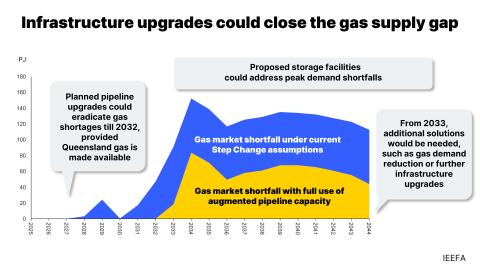IEEFA report: Question time for KEPCO’s board
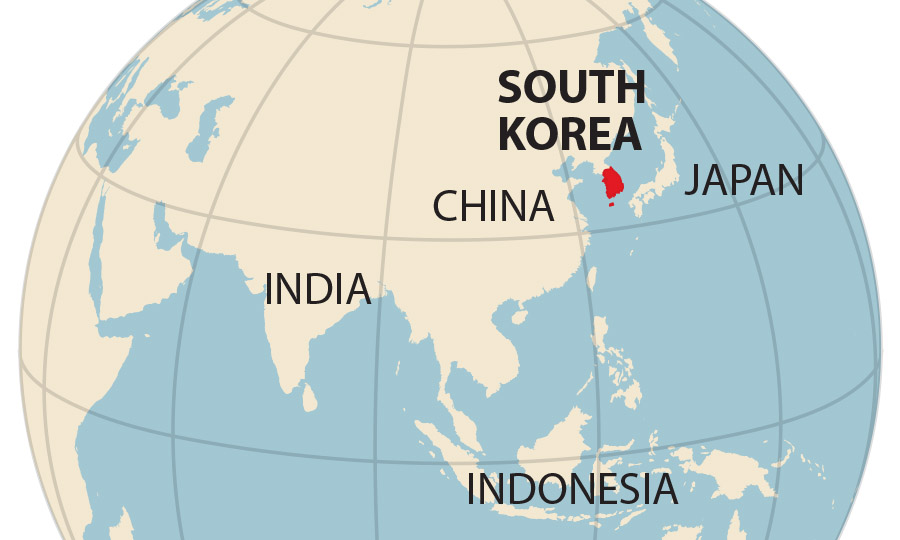
June 2, 2020 (IEEFA South Korea) — KEPCO, South Korea’s national power company, has been hit hard by the COVID-19 pandemic, a problem compounded by the utility’s troubled overseas investments and a lack of strategic awareness, finds a new report from the Institute for Energy Economics and Financial Analysis (IEEFA).
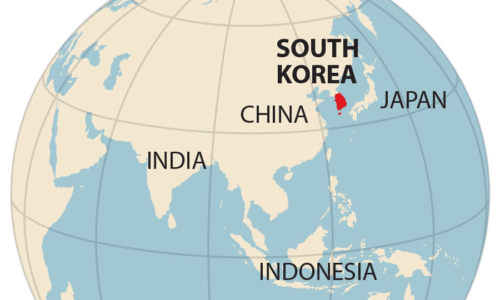 Melissa Brown, Director of Energy Finance Studies, Asia, and author of the report, Question Time for KEPCO’s Board, notes that KEPCO’s share price is down 22.8% in the year to date and is underperforming Korea’s KOSPI exchange by 12.4%.
Melissa Brown, Director of Energy Finance Studies, Asia, and author of the report, Question Time for KEPCO’s Board, notes that KEPCO’s share price is down 22.8% in the year to date and is underperforming Korea’s KOSPI exchange by 12.4%.
“This is a poor showing, even though it’s well understood that KEPCO is in the midst of a long-awaited transition to cleaner energy. Nonetheless, the company’s medium-term financial challenges cannot be ignored,” says Brown.
“Many power companies and management teams are facing exactly this kind of pain. It’s a situation that calls for strategic clarity and more market engagement to avoid missteps.”
The company lost KRW 1.2 trillion (USD 1.0 billion) in 2018 and KRW 2.3 trillion (USD 1.9 billion) in 2019, and it appears that KEPCO is still encouraging local analysts to view 2020 as a turnaround year, based on hopes that the company can benefit from lower fuel costs and a windfall tariff increase, a view Brown sees as naïve.
“It’s time for KEPCO’s directors to demonstrate what they have learned about the future of the power sector,” says Brown.
As KEPCO retunes its strategy, the market will be looking carefully at how the company makes decisions about disruptive new technology, investment, and capital expenditure, according to the report.
“The company has already embraced the optics of clean energy, but its investment decisions are strangely out of sync with this message and still reflect the company’s legacy fossil fuel habits,” Brown says.
“It also raises questions about whether Korea’s Ministry of Trade, Industry and Energy (MOTIE), with its focus on fossil fuels suppliers and technology, may be influencing KEPCO’s overseas investment decisions.”
“This is a hot-button issue for global investors that KEPCO has so far ignored. Unfortunately for shareholders, this is not a problem that can be wished away.”
Brown says KEPCO now faces a conspicuous conflict that was made public when APG, a Dutch pension fund with assets of $565 billion under management, said it would divest its KEPCO shares because of the utility’s continued investment in coal-fired power projects.
“The global financial market is turning its back from the coal-fired power sector…The KEPCO Chief Executive and board members should understand that each of them must be held accountable for their decisions,” APG said in comments to the Financial Times.
BlackRock, the world’s largest asset manager with than $7 trillion under management, has now followed APG’s lead, with KEPCO confirming on Thursday May 28 that BlackRock had written to the board seeking fuller disclosure of KEPCO’s interests in coal-fired power plants outside Korea.
KEPCO’s confirmation of the letter followed a pledge from BlackRock CEO Larry Fink in January 2020 that his firm would make environmental sustainability a core goal of its investment decisions.
Brown notes that even if KEPCO were to strike a string of winning foreign deals, the returns by would not be seen as material to the outlook of the company, because KEPCO’s core domestic assets are valued at KRW 114.3 tn (USD 93.7 bn)—or 15 times the value of the overseas investment portfolio.
“It is precisely this disconnect between the potential of the company’s core operations and its error-prone international investments that raises questions about KEPCO’s foreign investment strategy,” Brown says.
“The disconnect between KEPCO’s strategy at home and its overseas investments exposes the company to scrutiny from international stakeholders and, more importantly, with investors who now associate climate risk with financial risk.“KEPCO must take note of the ways in which leading global investors such as BlackRock may react to the KEPCO’s current climate strategy and energy transition plans. This will cover both KEPCO’s domestic plans and its overseas investment portfolio.”
Brown says that KEPCO’s board and top management’s biggest structural weakness has been the generally short tenure of directors.
“It’s notable at a time of dramatic market restructuring, that the key standing directors, who are responsible for overseeing all key operational areas, have an average of only 2.5 years of service on the board — a tenure that many governance experts would regard as being far too short permit them to gain any mastery of strategic issues outside their areas of expertise.”
Read the report: Question Time for KEPCO’s Board
Korean translation: 한국전력 이사회에 던지는 질문
Media Contact
Kate Finlayson ([email protected]) +61 418 254 237
Author Contact
Melissa Brown ([email protected])
About IEEFA
The Institute for Energy Economics and Financial Analysis (IEEFA) examines issues related to energy markets, trends and policies. The Institute’s mission is to accelerate the transition to a diverse, sustainable and profitable energy economy.


